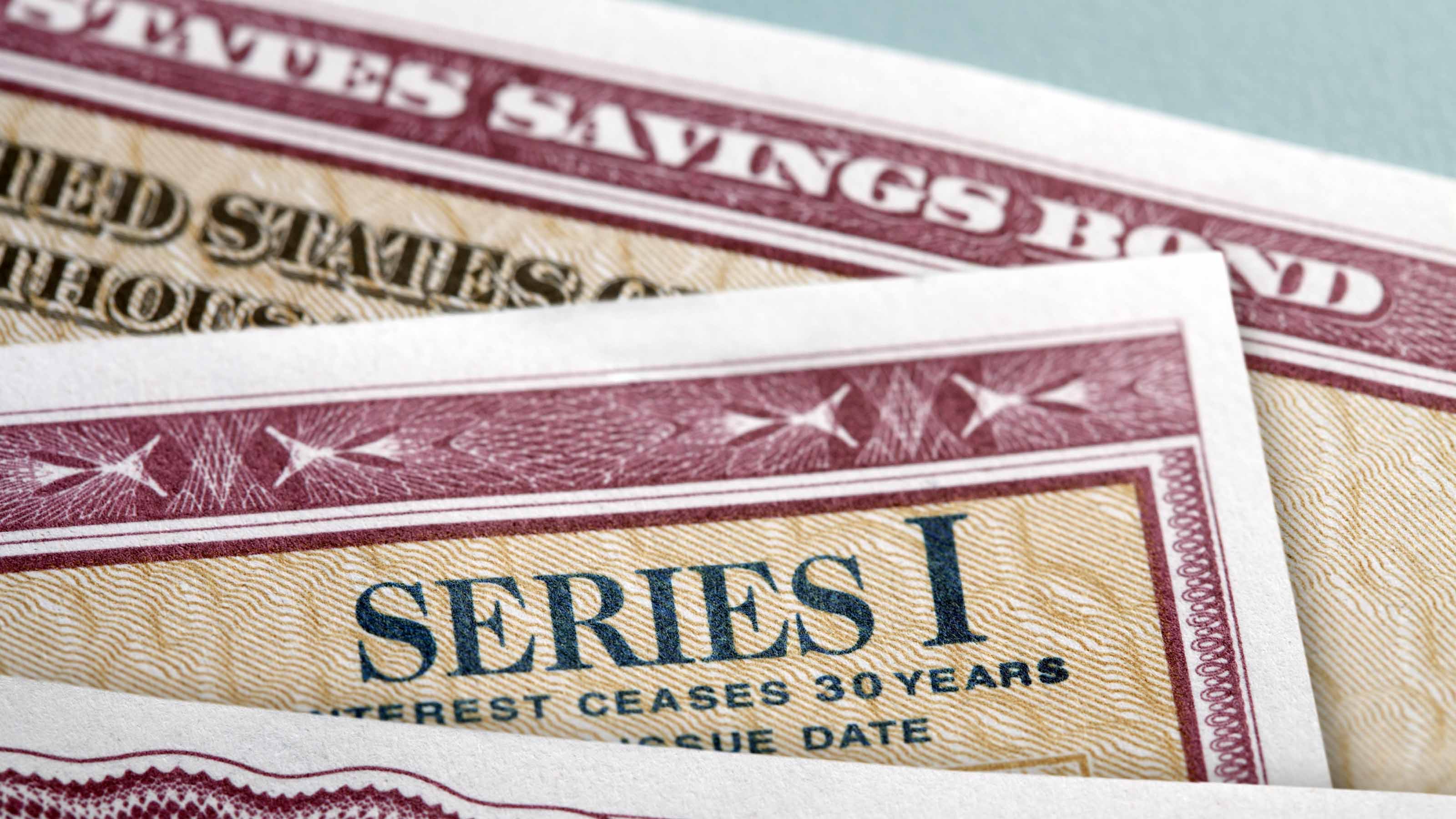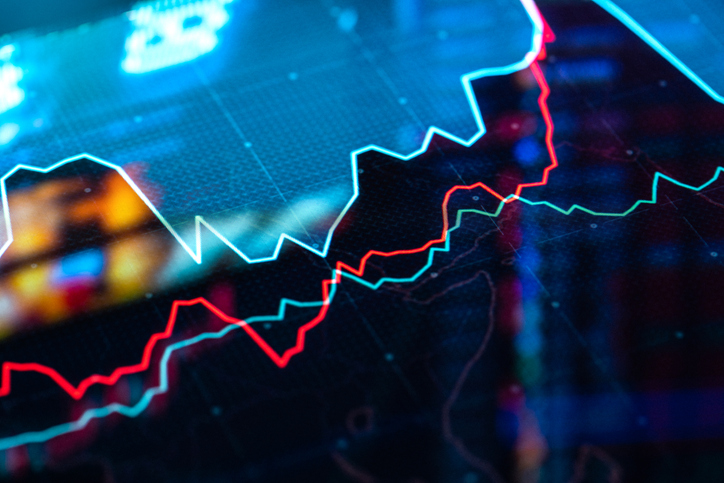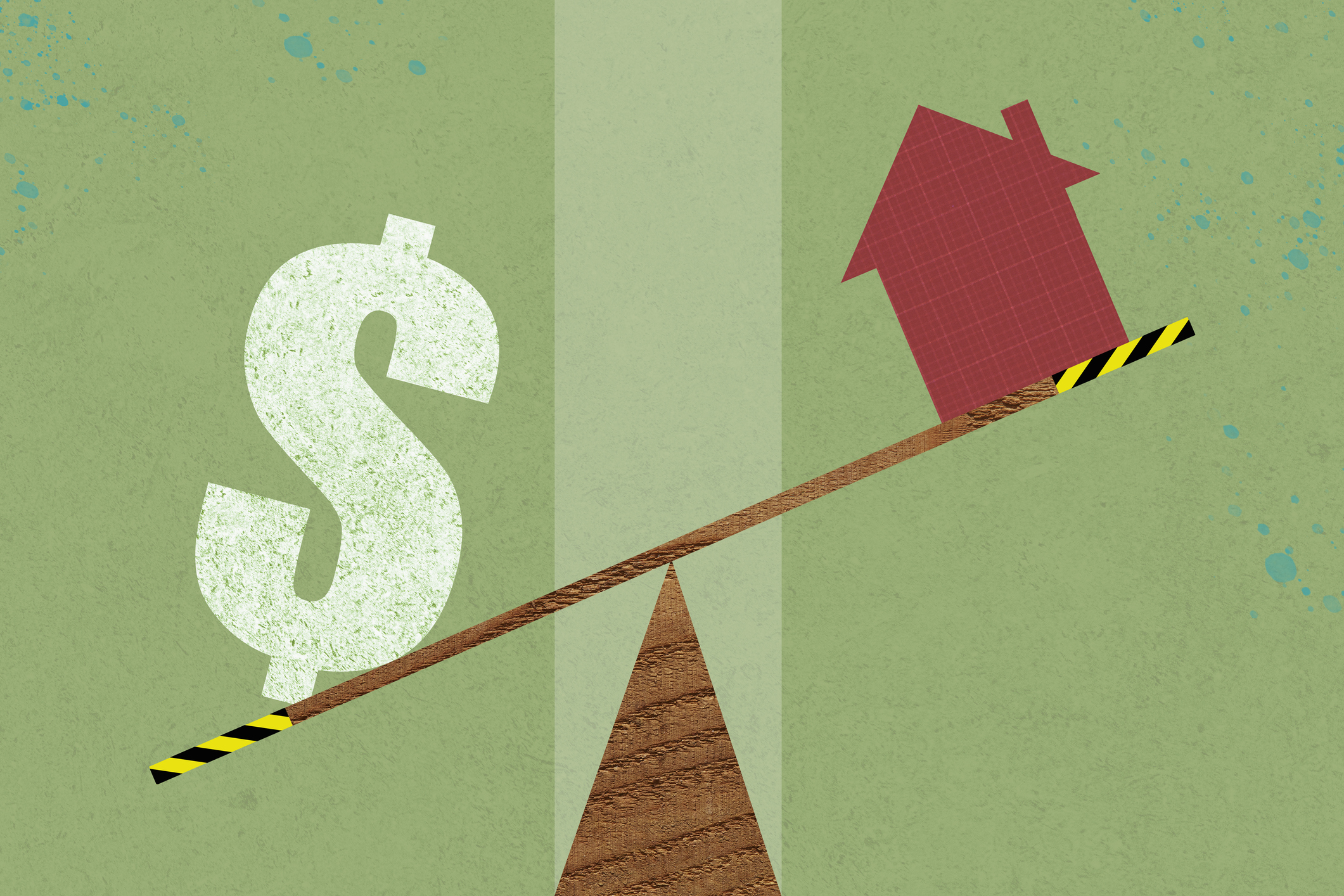Farewell Paper I-Bonds: Savings Bonds Are Going Online-Only
Buying paper I-bonds with your income tax refund won't be possible from January 2025. Tax filers will still be able to buy I-bonds online, however.


Charlotte Gorbold
Since 2012, when banks stopped selling paper savings bonds, buyers have been limited to making their purchases electronically, with one exception: You could buy up to $5,000 in paper series I savings bonds (I-bonds) with your IRS tax refund each year.
But starting January 1, 2025, that option will no longer be available.
Why are paper I-bonds being ditched?
The Tax Time Savings Bonds (TTSB) program was launched in 2010 to give tax filers the ability to buy paper I-bonds using their tax refunds. However, on average, only 35,000 people used this program to buy paper bonds each year, according to the IRS.
From just $107.88 $24.99 for Kiplinger Personal Finance
Become a smarter, better informed investor. Subscribe from just $107.88 $24.99, plus get up to 4 Special Issues

Sign up for Kiplinger’s Free Newsletters
Profit and prosper with the best of expert advice on investing, taxes, retirement, personal finance and more - straight to your e-mail.
Profit and prosper with the best of expert advice - straight to your e-mail.
That represented just 0.03% of all tax filers, and less than 10% of I-bond purchasers. The IRS says that running the program is costly and mailing paper bonds leaves them open to fraud, theft, loss and delays.
Can I still buy paper I-bonds if I haven’t filed my 2023 tax return yet?
Before the program ends, there’s still a chance to buy paper I-bonds if you received an extension to file your 2023 tax return with a deadline of October 15, 2024.
You’ll need to fill in IRS Form 8888, and your bonds will be mailed to you once your tax return has been processed.
What should I do with my existing paper I-bond(s)?
While there’s no obligation to do so, you can convert paper I-bonds to electronic bonds using TreasuryDirect. It’s free to do, and you’ll need to set up an account if you don’t already have one.
Be warned, however: TreasuryDirect can be hard to navigate. And if you’re not ready to go electronic, you can hold onto your paper I-bonds until you’re ready to cash them.
Should I buy electronic I-bonds in future?
At TreasuryDirect.gov, you can buy up to $10,000 in electronic I-bonds each year, and also $5,000 in I-bonds if you use your tax return to buy them. Bonds issued from May through October 2024 have a composite yield of 4.28%, including a fixed rate of 1.3% and an inflation rate (which adjusts every six months) of 1.48%.
In November, the Treasury Department will set a new semiannual inflation rate based on the consumer price index, as well as a fixed rate for bonds issued from November 2024 through April 2025.
While rates may not compare especially well to the best high-yield savings accounts and the best CD rates, which are giving returns over 5%, bonds are still considered a stable and low-risk option for growth.
Note: A version of this item first appeared in Kiplinger Personal Finance Magazine, a monthly, trustworthy source of advice and guidance. Subscribe to help you make more money and keep more of the money you make here.
Related content
Profit and prosper with the best of Kiplinger's advice on investing, taxes, retirement, personal finance and much more. Delivered daily. Enter your email in the box and click Sign Me Up.

Lisa has been the editor of Kiplinger Personal Finance since June 2023. Previously, she spent more than a decade reporting and writing for the magazine on a variety of topics, including credit, banking and retirement. She has shared her expertise as a guest on the Today Show, CNN, Fox, NPR, Cheddar and many other media outlets around the nation. Lisa graduated from Ball State University and received the school’s “Graduate of the Last Decade” award in 2014. A military spouse, she has moved around the U.S. and currently lives in the Philadelphia area with her husband and two sons.
- Charlotte GorboldKiplinger Contributor
-
 Original Medicare vs Medicare Advantage Quiz: Which is Right for You?
Original Medicare vs Medicare Advantage Quiz: Which is Right for You?Quiz Take this quick quiz to discover your "Medicare Personality Type" and learn whether you are a Traditionalist, or a Bundler.
-
 Ask the Editor: Capital Gains and Tax Planning
Ask the Editor: Capital Gains and Tax PlanningAsk the Editor In this week's Ask the Editor Q&A, Joy Taylor answers questions on capital gains tax rates and end-of-year tax planning
-
 Time Is Running Out to Make the Best Tax Moves for 2025
Time Is Running Out to Make the Best Tax Moves for 2025Don't wait until January — investors, including those with a high net worth, can snag big tax savings for 2025 (and 2026) with these strategies.
-
 Time Is Running Out to Make the Best Moves to Save on Your 2025 Taxes
Time Is Running Out to Make the Best Moves to Save on Your 2025 TaxesDon't wait until January — investors, including those with a high net worth, can snag big tax savings for 2025 (and 2026) with these strategies.
-
 4 Smart Ways Retirees Can Give More to Charity, From a Financial Adviser
4 Smart Ways Retirees Can Give More to Charity, From a Financial AdviserFor retirees, tax efficiency and charitable giving should go hand in hand. After all, why not maximize your gifts and minimize the amount that goes to the IRS?
-
 I'm an Insurance Pro: If You Do One Boring Task Before the End of the Year, Make It This One (It Could Save You Thousands)
I'm an Insurance Pro: If You Do One Boring Task Before the End of the Year, Make It This One (It Could Save You Thousands)Who wants to check insurance policies when there's fun to be had? Still, making sure everything is up to date (coverage and deductibles) can save you a ton.
-
 Small Caps Hit a New High on Rate-Cut Hope: Stock Market Today
Small Caps Hit a New High on Rate-Cut Hope: Stock Market TodayOdds for a December rate cut remain high after the latest batch of jobs data, which helped the Russell 2000 outperform today.
-
 Should You Tap Your Home Equity Before 2026?
Should You Tap Your Home Equity Before 2026?As borrowing rates and tax law shifts converge, here's what homeowners need to know before pulling equity out of their home.
-
 What Investors May Face in the New Year: Interview
What Investors May Face in the New Year: InterviewKeith Lerner, the chief market strategist and chief investment officer for Truist Wealth, speaks with Kiplinger.
-
 3 Year-End Tax Strategies for Retirees With $2 Million to $10 Million
3 Year-End Tax Strategies for Retirees With $2 Million to $10 MillionTo avoid the OBBB messing up your whole tax strategy, get your Roth conversions and charitable bunching done by year's end.
-
 'Politics' Is a Dirty Word for Some Financial Advisers: 3 Reasons This Financial Planner Vehemently Disagrees
'Politics' Is a Dirty Word for Some Financial Advisers: 3 Reasons This Financial Planner Vehemently DisagreesYour financial plan should be aligned with your values and your politics. If your adviser refuses to talk about them, it's time to go elsewhere.